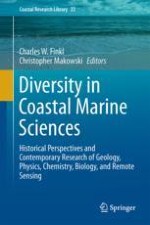This book integrates a wide range of subjects into a coherent purview of the status of coastal marine science. Designed for the professional or specialist in coastal science, oceanography, and related disciplines, this work will appeal to workers in multidisciplinary fields that strive for practical solutions to environmental problems in coastal marine settings around the world. Examples are drawn from many different geographic areas, including the Black Sea region. Subject areas covered include aspects of coastal marine geology, physics, chemistry, biology, and history. These subject areas were selected because they form the basis for integrative investigation of salient environmental problems or perspective solutions or interpretation of historical context.
